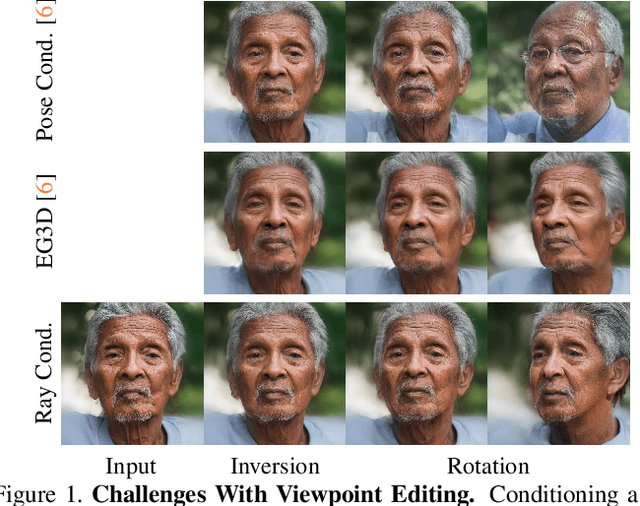Eric Ming Chen
Riemannian Residual Neural Networks
Oct 16, 2023Abstract:Recent methods in geometric deep learning have introduced various neural networks to operate over data that lie on Riemannian manifolds. Such networks are often necessary to learn well over graphs with a hierarchical structure or to learn over manifold-valued data encountered in the natural sciences. These networks are often inspired by and directly generalize standard Euclidean neural networks. However, extending Euclidean networks is difficult and has only been done for a select few manifolds. In this work, we examine the residual neural network (ResNet) and show how to extend this construction to general Riemannian manifolds in a geometrically principled manner. Originally introduced to help solve the vanishing gradient problem, ResNets have become ubiquitous in machine learning due to their beneficial learning properties, excellent empirical results, and easy-to-incorporate nature when building varied neural networks. We find that our Riemannian ResNets mirror these desirable properties: when compared to existing manifold neural networks designed to learn over hyperbolic space and the manifold of symmetric positive definite matrices, we outperform both kinds of networks in terms of relevant testing metrics and training dynamics.
Ray Conditioning: Trading Photo-consistency for Photo-realism in Multi-view Image Generation
Apr 26, 2023



Abstract:Multi-view image generation attracts particular attention these days due to its promising 3D-related applications, e.g., image viewpoint editing. Most existing methods follow a paradigm where a 3D representation is first synthesized, and then rendered into 2D images to ensure photo-consistency across viewpoints. However, such explicit bias for photo-consistency sacrifices photo-realism, causing geometry artifacts and loss of fine-scale details when these methods are applied to edit real images. To address this issue, we propose ray conditioning, a geometry-free alternative that relaxes the photo-consistency constraint. Our method generates multi-view images by conditioning a 2D GAN on a light field prior. With explicit viewpoint control, state-of-the-art photo-realism and identity consistency, our method is particularly suited for the viewpoint editing task.
What's in a Decade? Transforming Faces Through Time
Oct 17, 2022



Abstract:How can one visually characterize people in a decade? In this work, we assemble the Faces Through Time dataset, which contains over a thousand portrait images from each decade, spanning the 1880s to the present day. Using our new dataset, we present a framework for resynthesizing portrait images across time, imagining how a portrait taken during a particular decade might have looked like, had it been taken in other decades. Our framework optimizes a family of per-decade generators that reveal subtle changes that differentiate decade--such as different hairstyles or makeup--while maintaining the identity of the input portrait. Experiments show that our method is more effective in resynthesizing portraits across time compared to state-of-the-art image-to-image translation methods, as well as attribute-based and language-guided portrait editing models. Our code and data will be available at https://facesthroughtime.github.io
 Add to Chrome
Add to Chrome Add to Firefox
Add to Firefox Add to Edge
Add to Edge